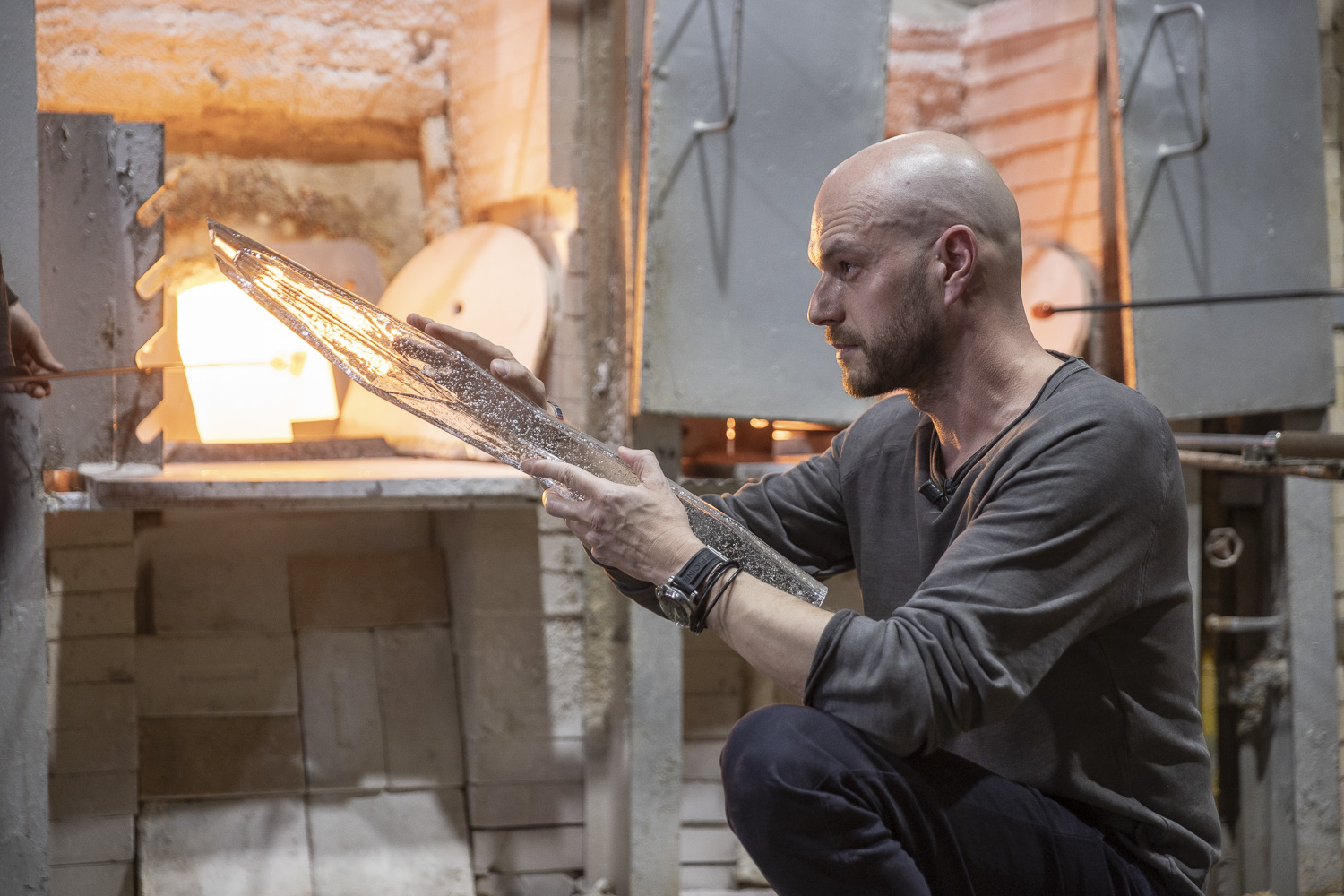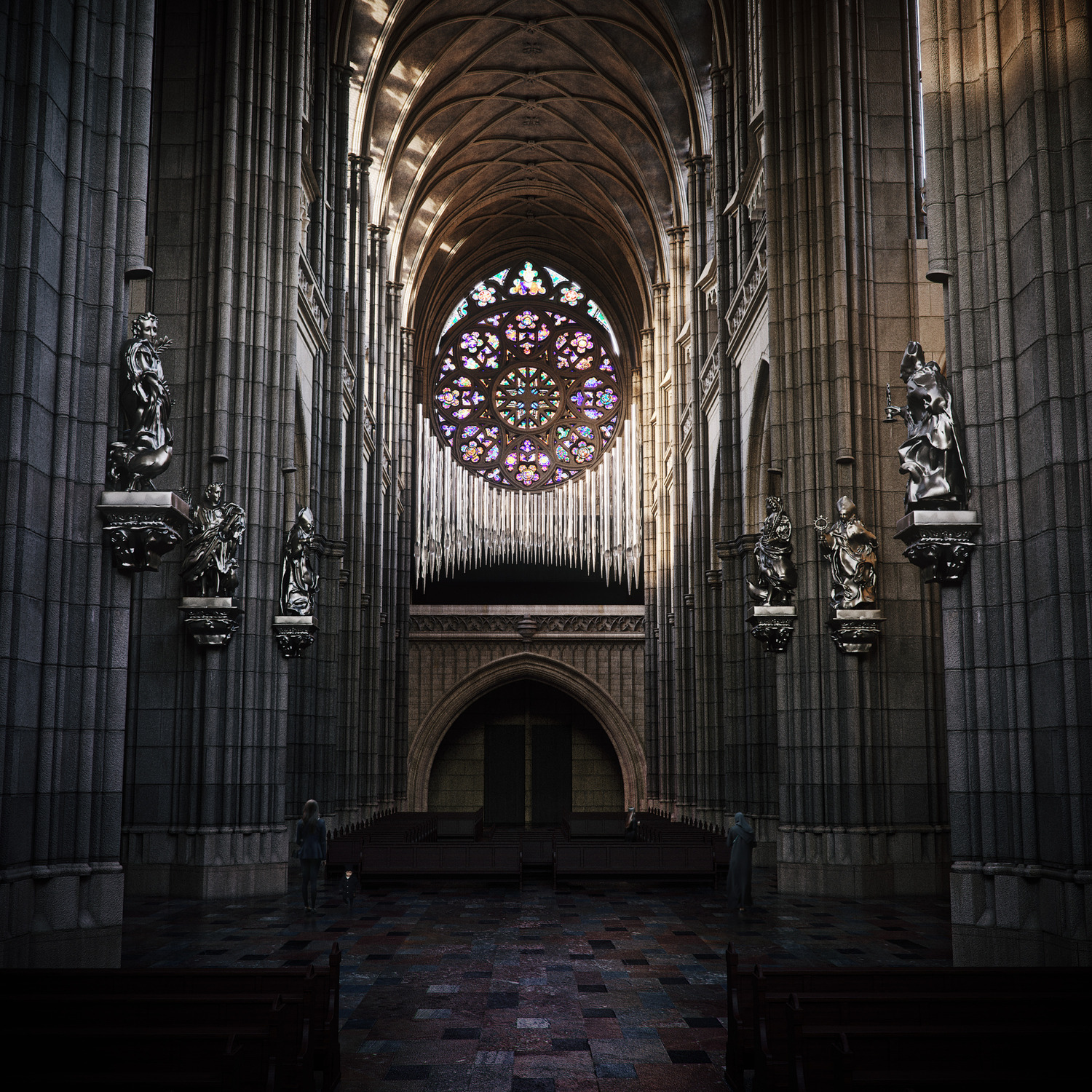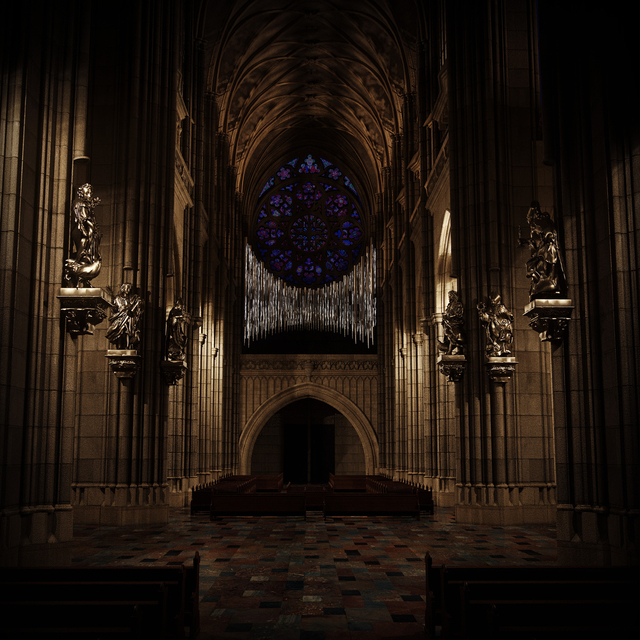
World First: Handblown Glass Sculpture for St. Vitus Cathedral Organ
Lasvit has made history by creating the world's first glass organ elements. Ten years of designing, meetings and development led to this moment and finally during this summer, the organ in St. Vitus Cathedral will get jewelry made of handblown glass in Lasvit glassworks.
It will be a play of music and light as well, because these bespoke lighting elements transform the organ into a world-class glass installation. They will appear to float freely on the organ structure and artificial and sunlight will shine through. The design inspiration for this creation is Panská skála (Panska Rock) in Kamenický Šenov, a unique Czech basalt formation nicknamed "the organ" due to its distinctive columnar structure. The vertical nature of Panská skála translates perfectly into the Gothic space of the cathedral. "They are like a beautiful necklace for the cathedral," says the designer Peter Olah about the glass components that will create a unique lighting installation. And how is it all made? In Lasvit glassworks Ajeto, four skilled handblown glass artists create approximately 70-centimeter crystal glass element. The process begins with molten glass formed into a sphere through traditional glass blowing techniques, which is then uniquely coated with mica—a glass technique that will create shining and shimmering effects. The craftsmen then blow and roll the glass using glass craftsmanship methods perfected over generations, carefully preparing its shape through glass forming processes. Unlike traditional wooden forms typically used in contemporary lighting production, metal molds were chosen for these four-kilogram glass sculpture elements. Why? The metal molds were used, because these components don't have a rotational shape. Creating each handblown glass element requires approximately 20 minutes of active work, followed by 12 hours of cooling—a testament to timeless glass design principles. The glass factory will produce around 200 pieces, with fewer destined for the actual bespoke chandelier installation. We always make a few spare pieces. Each glass element is carefully drilled to prevent water condensation, demonstrating the technical precision behind this custom-made lighting project. On the organ itself, they will be arranged side by side, with each piece oriented differently to optimize interior lighting throughout the cathedral's architectural lighting scheme. The lighting installation will be illuminated by both external and internal contemporary lighting systems, as well as natural light from the cathedral's famous stained glass windows. This creates an ambient lighting environment that respects the sacred space while showcasing luxury lighting at its finest. The final design of this glass art, which has no equivalent anywhere in the world, took approximately eight years to complete. This bespoke lighting project represents the pinnacle of Bohemian crystal artistry, weighing five tons of handblown glass—a monumental light sculpture completing this historic project. The new St. Vitus organ will be heard by the public for the first time on June 15, 2026, during the feast day of Saint Vitus. Visitors will experience this unprecedented fusion of centuries-old musical tradition and contemporary Czech glassartistry. This collaboration is a tribute to both glassmaking tradition and sacred architecture. It marks a new chapter in bespoke light installations within historical spaces, where contemporary design enhances the legacy of the past. Of Stone and Glass
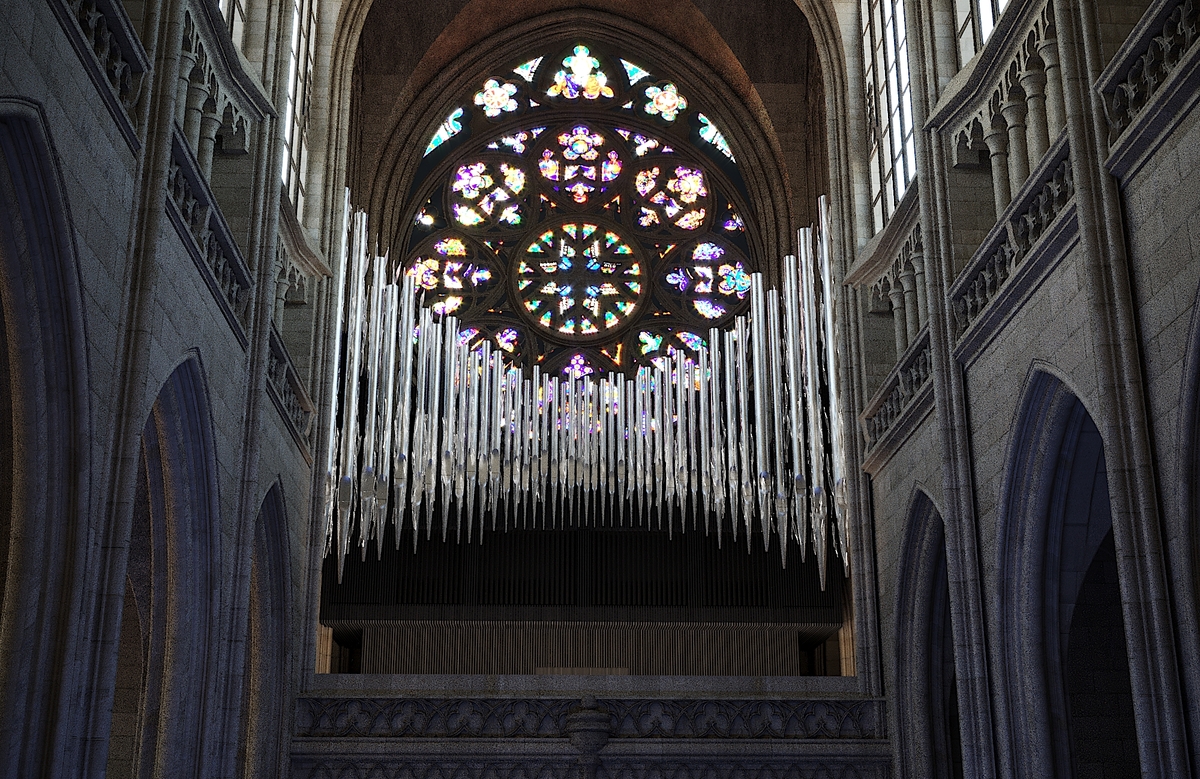
Forging the Atmosphere
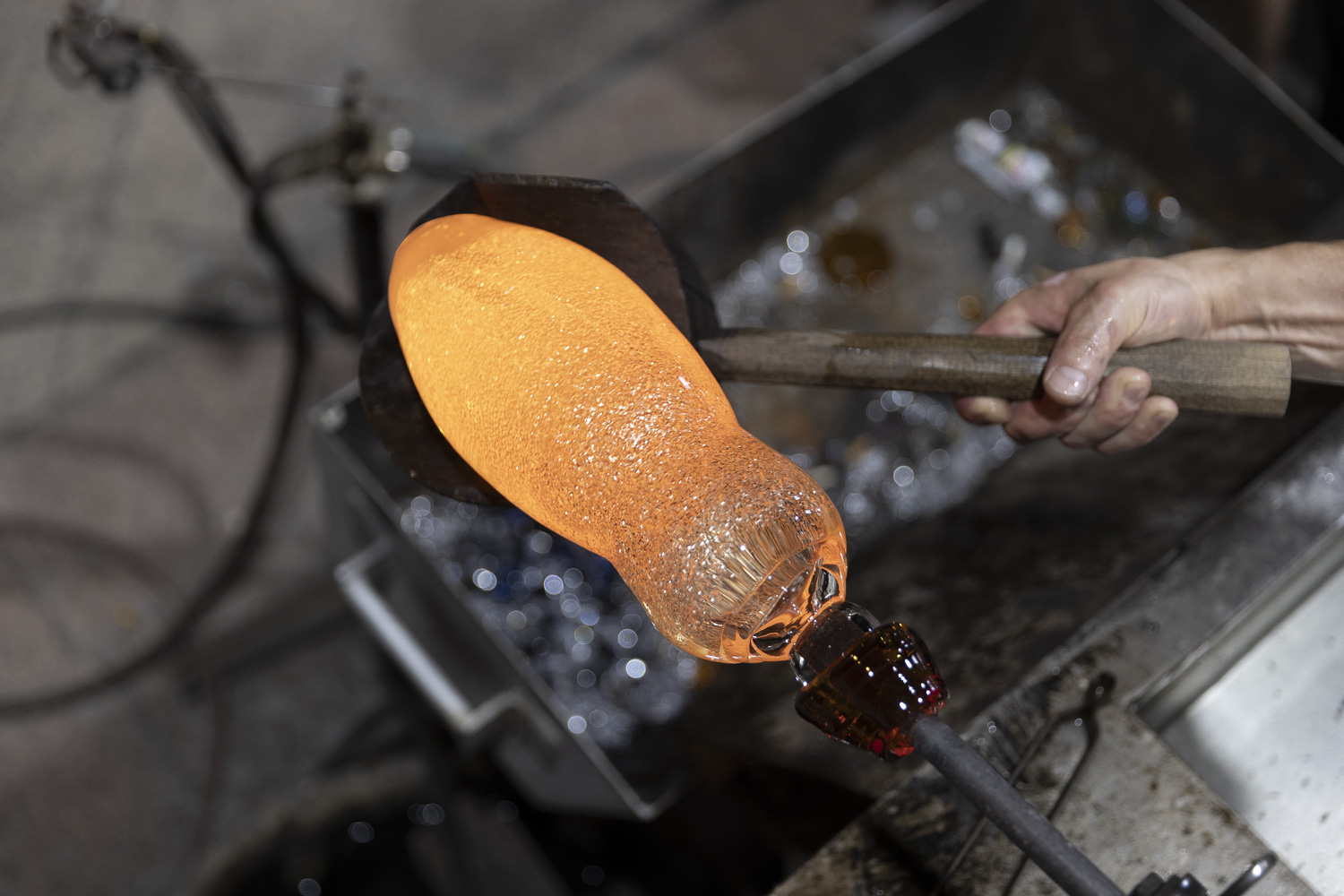
Legacy of Light and Sound
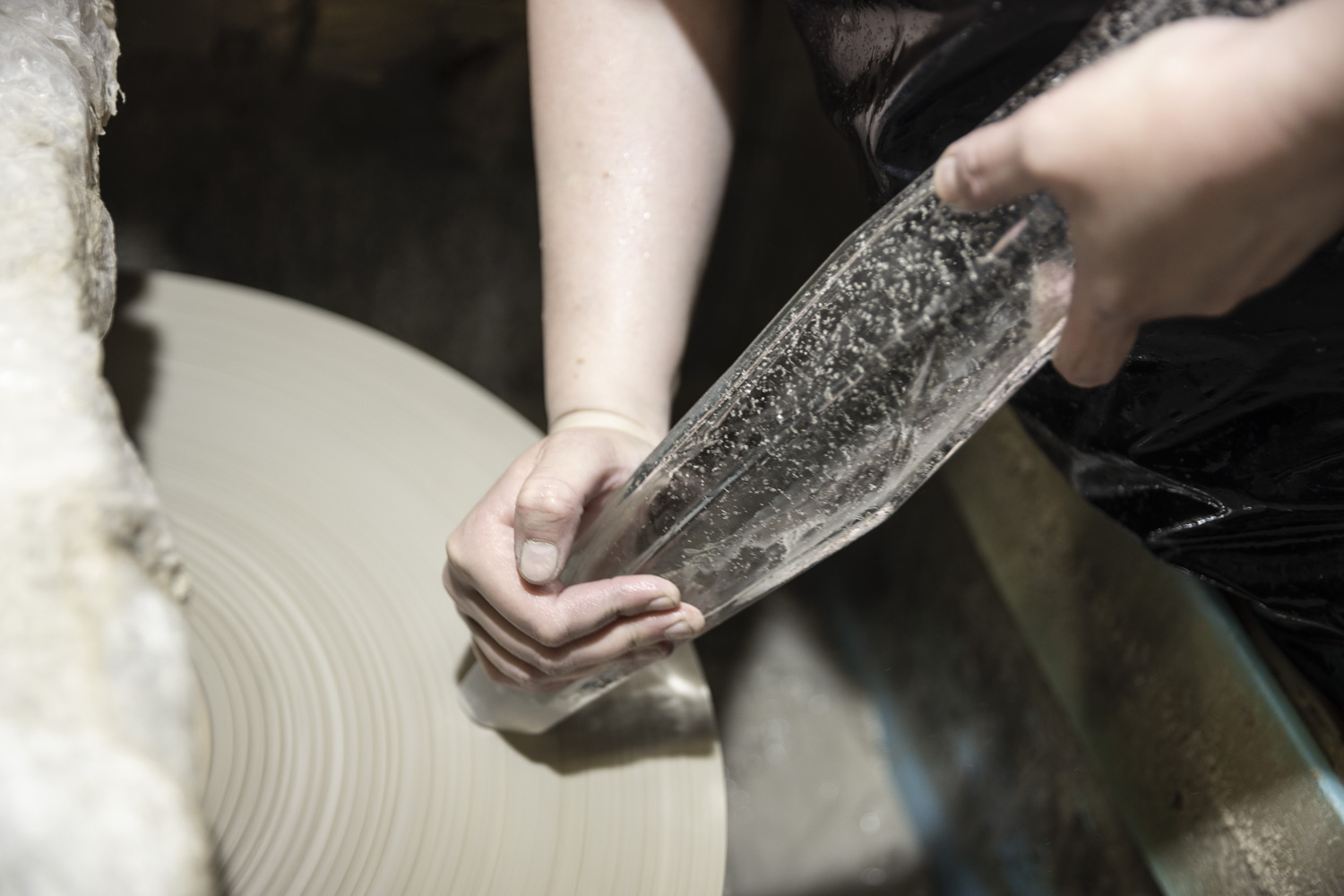
Historic Debut: Iconic Design for Sacred Space
